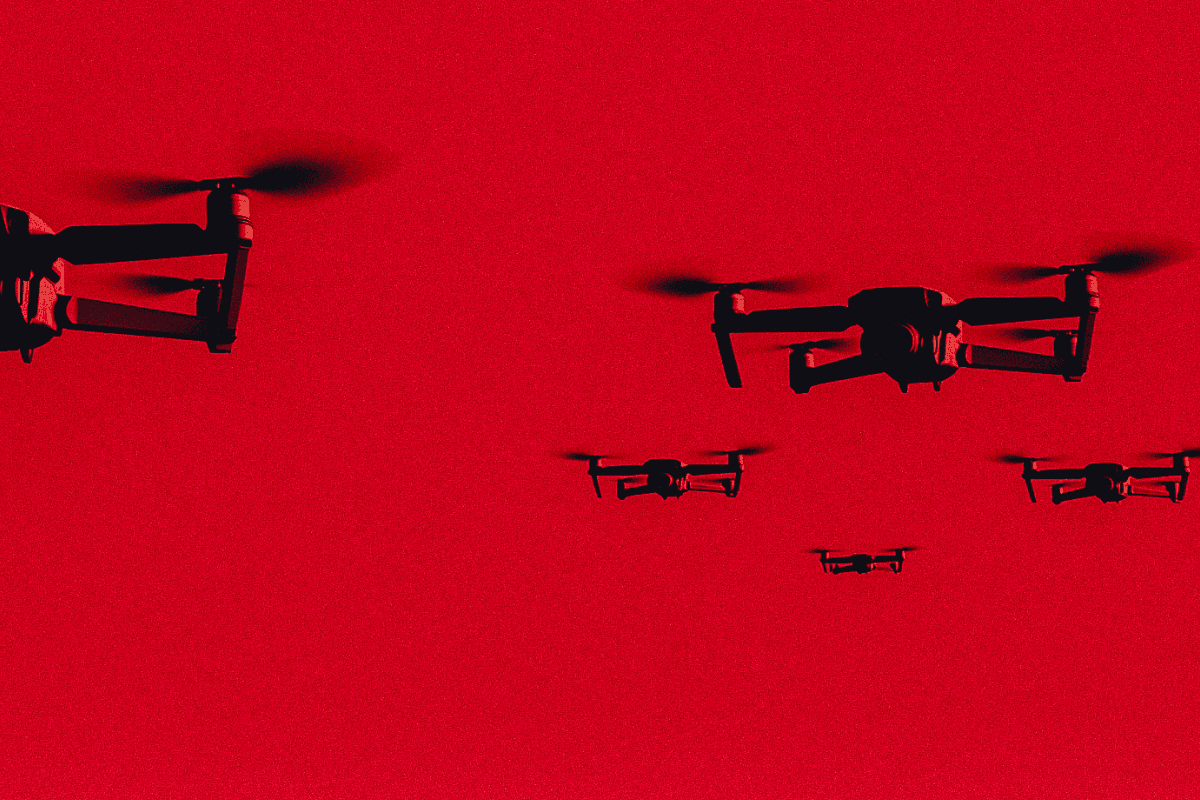
Breaking the Outer Space Treaty and Ascending to the StarsDec 6
a 1967 treaty bans ownership and resource extraction in outer space, preventing colonization and development. we must end it to secure humanity's survival.
Jul 9, 2025

Just a few weeks ago, Israel initiated its war against Iran by launching a drone attack to take out Iranian air defenses, carving out a corridor for the IAF’s F-35s to enter the battlefield to devastating effect, killing over a dozen senior commanders (including the military’s chief of staff) in the initial days of the war. Critically, the attack was deployed from an Israeli drone base developed and operating deep within Iranian territory – a first in military history. That same month, Ukraine launched Operation Spider Web, smuggling first person view (FPV) drones into Russian territory inside false roofs of portable containers. The drones, the kinds that hobbyists race on weekends, were remotely activated and used to attack Russian air force bases, badly damaging high-value Russian military planes, destroying some.
Clearly, drone warfare is no longer in the realm of the theoretical. But over the past two decades, the gap between the US and China in virtually every aspect of drone warfare has widened to an alarming degree. It’s not just that China has launched into the stratosphere of drone development, but that the US is sinking further into a quagmire of inaction, underinvestment and complacency.
What makes the situation dire is that the vulnerability is systemic — a failure matrix consisting of manufacturing incapacity, outdated laws and regulations, decades of underinvestment, a complacent military culture, and the extreme difficulty of defending against drones in even the best of circumstances. Even today, with the drone threat looming, the US has barely scratched the surface on solving any one of these challenges, let alone all of them.